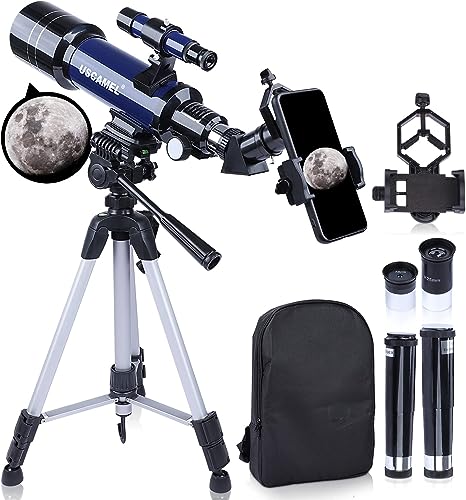The Moon, often thought of as a static and unchanging celestial body, is actually a dynamic and constantly evolving world. This is particularly evident in its 20 visible mountain ranges, including the Apennine Mountains seen at the upper right of the lunar disk. These mountains are not the result of tectonic plate movements like those on Earth, but instead were formed by massive ancient asteroid collisions with the Moon. These collisions created the large basins that host the dark maria, which form the familiar "man in the moon" face.
A lunar basin is defined as any crater larger than 300 kilometers in diameter and were formed nearly 4 billion years ago during the Late Heavy Bombardment, when hundreds of large asteroids struck the lunar surface. Unlike terrestrial mountains, which can take millions of years to form, lunar mountains were created in a matter of minutes as a result of the asteroid collisions.
Many of the lunar mountain chains bear the same names as their terrestrial counterparts, such as the Alps, Caucasus, and Apennines, which encircle the eastern rim of Mare Imbrium, the "left eye" of the man in the moon. The rims of these basins, which form the mountains, are the highest regions on the Moon, and are proportionately giant compared to terrestrial mountains despite the Moon being only one quarter the diameter of Earth.
Despite its peaceful appearance today, the Moon's history is filled with violent forces that both destroyed and created its features. When observing the lunar mountains through a telescope, it is important to remember the immense forces unleashed by the cosmic collisions that formed them.





